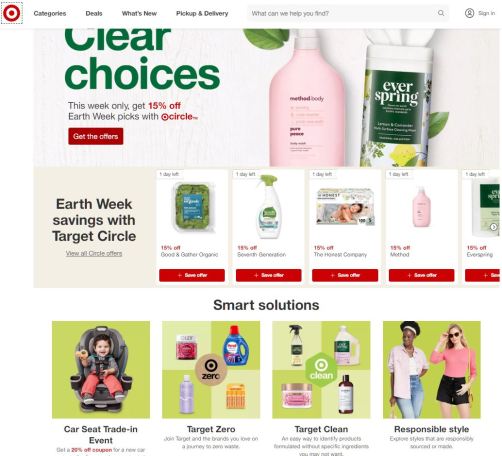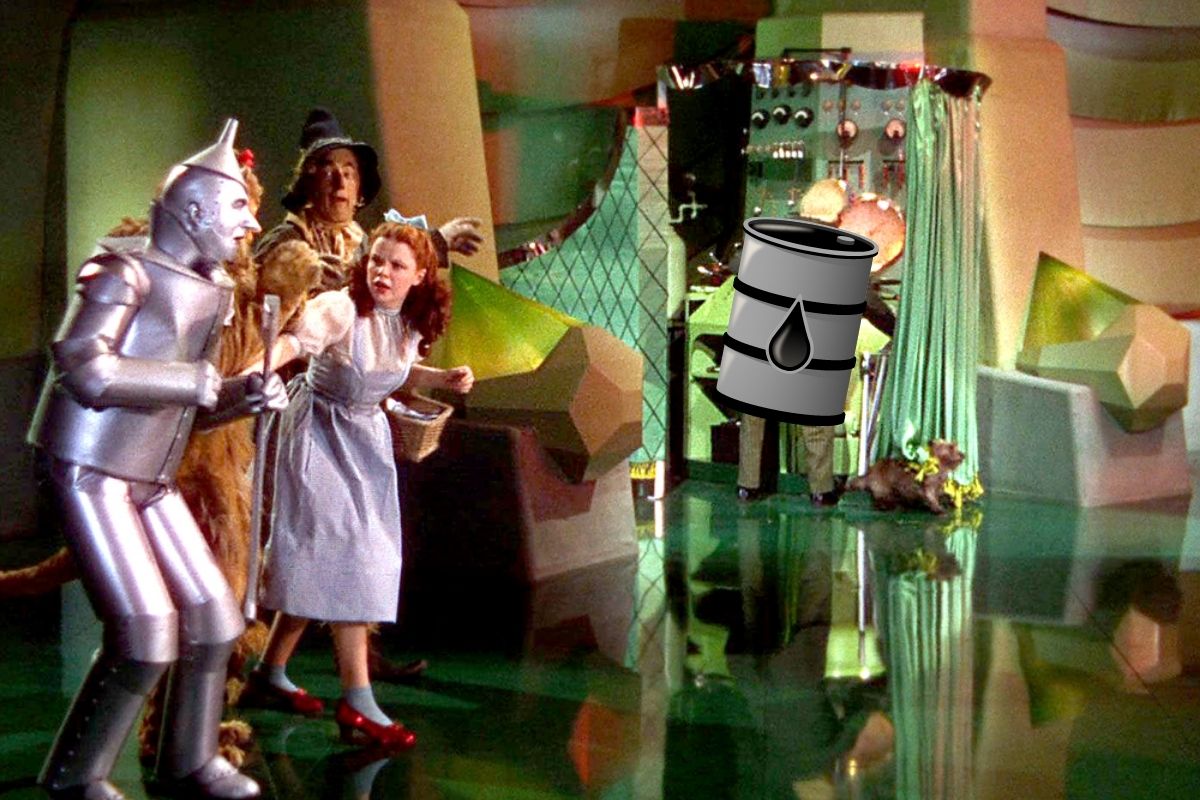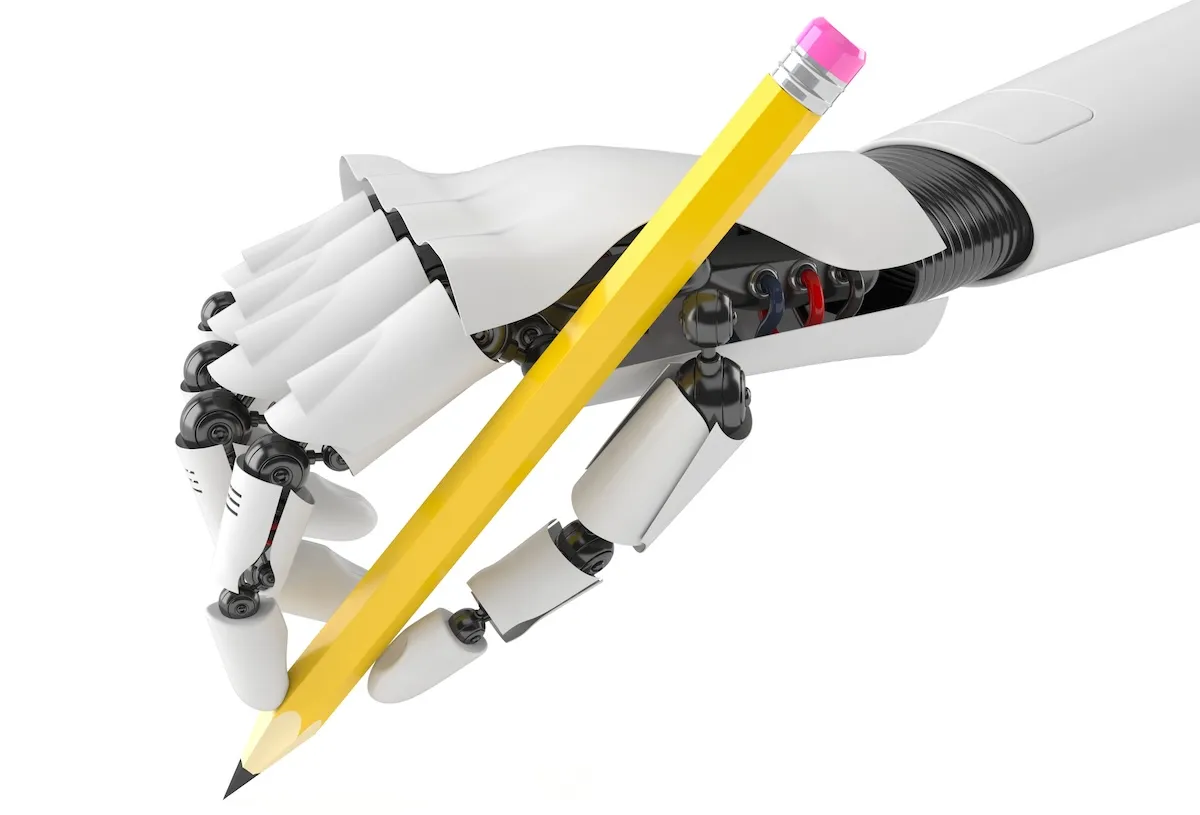As more people have realized that climate change is a real threat to civilization, companies have moved to profit from that awareness. While some hold good intentions, much of the so-called eco-friendly companies engage in something called greenwashing. Like other “washings” (whitewashing, pinkwashing, etc.), this is when businesses make a superficial effort to appear environmentally conscious without any meaningful underlying change.
One of the many infamous contributors to this trend is Coca-Cola. The COP 27 sponsor proudly advertises some bottles come partially made of recycled material and promotes the product’s recyclability (putting the actual responsibility on the customer). Meanwhile, the same company has been the top plastic polluter for years and regularly flouts regulations during water shortages to take from public reservoirs. Abroad, the company has been linked to the murder of unionized workers in Latin America and depleting cities of water sources.
Almost no major company is exempt from greenwashing. Adding insult to injury, there’s now a scramble to capitalize on the opportunity to turn Earth Day into another consumer holiday each year. There’s nothing wrong with a discount on sustainable products. However, more often than not, it feels like there’s always a major asterisk when companies claim to “go green.”
Greenwashing is everywhere
One of the most significant issues with greenwashing is that there’s no standard. There’s a lack of standards regulation-wise (including in advertising) from the government or even socially. Does a company get to claim sustainability because they use less water in production, but everything is wrapped in plastics? Or when a product is now displayed in very compostable materials but was made in a factory that dumps toxins that seep into groundwater? Then, when one factors in issues of carbon offsetting and fair labor practices (where laborers largely operate in the regions most vulnerable to climate change), it adds another layer of complexity.
It can feel overwhelming and discouraging even to try to be a discerning consumer. Don’t feel overwhelmed, though! Fellow The Mary Sue writer Kimberly Terasaki has this guide to not feeling sustainability fatigue. She shouted out one of my new favorite YouTube channels, Shelbizleee, who has the tagline, “You cannot do all the good that the world needs, but the world needs all the good you can do.”
To compliment Kimberly’s writing, here are some tips of things to avoid when beginning this journey to more sustainable living.
Green ≠ Good

One common way companies will greenwash items is just through the packaging. There’s an over-emphasis on the color green and iconography like leaves and trees. This marketing also applies to falsely advertising something as more “natural.” This is the same way healthcare utilizes blue and food products utilize red. When you see something marketed as eco-friendly with heavy green packaging, inspect what actually makes it sustainable. If it requires repeat purchases instead of reuse, that’s a major red flag.
The only time green is a safe bet is when you’re discussing eating more vegetables and cutting meat—especially red meat—from your diet. Even breaking that down to 2–3 meat-free days a week or limiting meat to one meal daily (max) can mean a meaningful change. Avoid offsetting this meat reduction with resource-heavy crops like almonds or fruit out of season. There’s loads of greenwashing in the food industry.
Plastics
One of the most common examples of greenwashing is when companies market recyclability rather than reusability. This makes the ‘green’ element the consumer’s responsibility, and many (but not all) products could just be made with compostable or reusable material from the jump. “Recycle” is at the end of “Reduce, Reuse, Recycle” for a reason. Even if everyone recycled, we would still have significant issues with the abundance of plastics. (This is not saying don’t do it, by the way.) Opt in for packaging that relies on paper and cardboard—especially if it’s recycled. Metal and paper products can be recycled countless times, unlike plastic, which degrades upon reuse.
Many companies will sell seemingly eco-friendly cleaning product alternatives that just require you to buy more plastic. With the bathroom and kitchen—the best rooms to start, because they require recurring costs—seek soaps and detergents packaged plastic-free. Personally, I’ve switched to Dropps and EarthBreeze this past year for washing dishes and clothes. Check local stores to see if the products are there before opting for direct-to-home shipping.
Because of my hair texture, I haven’t quite taken the plunge into shampoo and conditioner bar soaps for my hair. However, I have for my body. When at a festival/market, pick up a few homemade bar soaps from local businesses. They are almost always wrapped in paper. Larger enterprises that sell soaps online—that I’ve used—are Pop Soaps and Dropps. If you have the time (and space to store), you can make your own detergent for months with three easy-to-find ingredients (often found in recyclable boxes) and a scent of your choice. Make sure to mask up since you’ll be dealing with a highly concentrated material and doing light household chemistry.
The clothing consumerism dilemma
Clothing is rarely marketed as more eco-friendly, but when it is, it usually comes in two forms. The material is either made from post-consumer products, or the store takes in clothes to recycle. Many garments using recycled material that contains a synthetic base (like polyester) are doing a different type of harm—things like keeping microplastics in our ecosystem and sometimes taking more of a carbon footprint to reuse. The store recycling angle is a murky trust situation, as stores have been caught lying (multiple times).
A great alternative is simply buying less. Until about 150 years ago, most people didn’t have more than a few sets of clothes. While that’s no fun, we should think about our consumption habits from an environmental and financial lens. On social media, unsubscribe from all but one or two of your favorite clothing retailers that center on natural fibers. Then, diversify your algorithm because many feeds condition us to believe we need something new. Some people have tried a few-month shopping ban on certain items, and clothing can be one of those.
Slowly build your wardrobe up over time (I’m talking years) with items made with natural fibers like cotton. Items will definitely cost more but will last way longer if taken care of. (Speaking of, read wash tags!) When you undoubtedly need things in the meantime, turn to thrift whereever you can. I’ve been in the plus-size section since high school, so I know it’s not exactly the easiest thing depending on your body type and culture. Fast fashion has flooded these shops, so take your time when searching.
Like tackling climate change (except you policymakers, ignore this), finding the right clothes second-hand is a marathon, not a sprint.
(featured image: Warner Bros. Discovery, remixed by Alyssa Shotwell)









